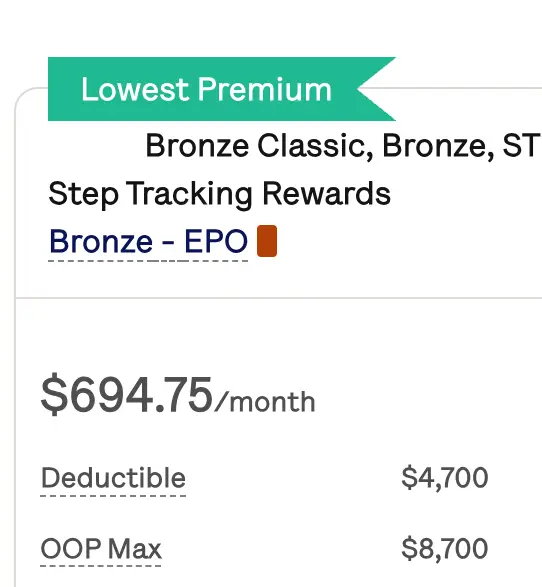How Much Does Getting Stitches Cost Without Insurance?
Without insurance, the self-pay cost for stitches (laceration repair) at urgent care centers typically ranges from $165 to $425. This price usually includes both the urgent care visit fee and the procedure cost for suturing.
Most urgent care centers structure their pricing in one of two ways:
- All-inclusive flat fee: The visit and stitches procedure are covered under one price
- Base visit fee plus procedure fee: You pay separately for the office visit and the stitches procedure
Urgent Care Stitches Cost Comparison (Self-Pay Rates)
| Urgent Care Provider | Base Visit Fee | Stitches Procedure Fee | Total Cost | Location Notes |
|---|---|---|---|---|
| CareNow | $350 flat rate | Included | $350 | All locations; complex services tier |
| FastMed | $199 flat rate | Included | $199 | Nationwide; includes suture repair and removal |
| MedExpress | $199 flat rate | Included | $199 | All locations; paid at time of service |
| ZoomCare | $263 flat rate | Included | $263 | West Coast locations |
| AFC Urgent Care | $140-$175 | $75-$200 | $215-$375 | Varies by location; Pleasanton, CA: $150-$200 for stitches |
| Patient First | $145 | $99 | $244 | East Coast; capped at $314 maximum per visit |
| GoHealth | Tiered pricing | Included in tier | $175-$375 | Varies by region; NY: $175-$325, NC: $275-$375 |
| CityMD | $225 flat rate | Included | $225 | Northeast locations |
| Carbon Health | $225 | $200 | $425 | Multiple states; prices may vary by region |
| Piedmont Urgent Care | $195 | $155 | $350 | Georgia locations (WellStreet) |
| AdventHealth Centra Care | $209 | $158 | $367 | Florida locations |
| Baptist Health | $349 flat rate | Included | $349 | Florida locations; Tier 4 Complex treatment |
Note: Prices may vary based on wound complexity, location, and other factors. These are baseline fees as of early 2025.

Get affordable doctor copay without paying insurance premiums
Join 39,000 people and get Mira, the best alternative to traditional insurance. Enroll and use immediately. Plans start at only $45/mo.
Brianne Smith, DNP, PhD, is a public health researcher with a focus on improving patient outcomes through evidence-based practices and clinical research. She holds dual doctorates in Nursing Practice and Healthcare Research, and specializes in advanced patient care management and educational advocacy.
